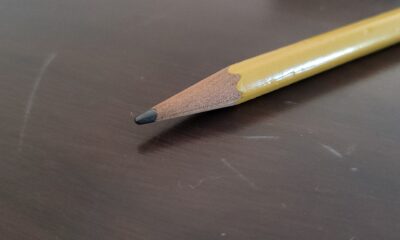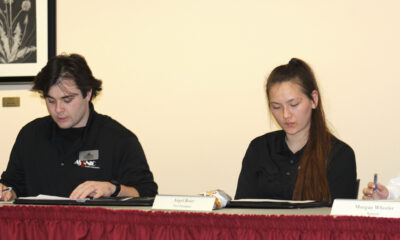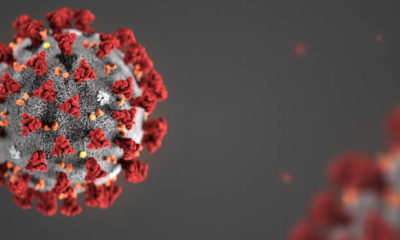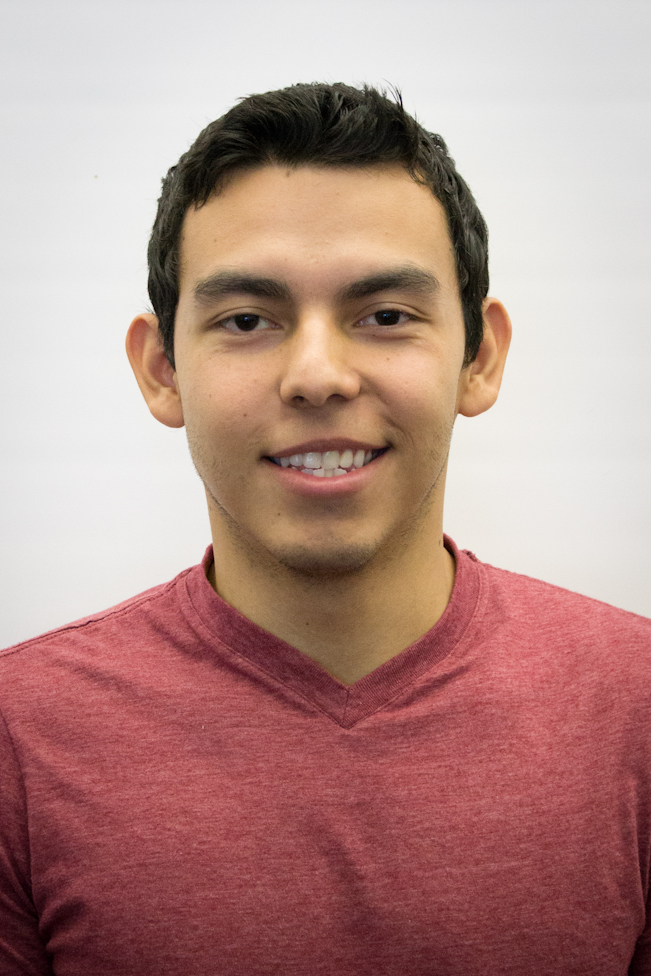Exercise may not always be the answer, especially when it comes to headaches, warned a local therapist at last week’s wellness clinic held in the SUB. In fact, exercises which tighten one muscle group can actually trigger a headache, she said.
A group of approximately 25 patrons, mostly staff and faculty, showed up to listen to Virginia “Ginny” Taft, owner of Coeur d’Alene Hand Therapy and Healing Center, speak about headaches and TMJ (temporomandibular joint, more commonly known as the jaw bone).
“We’re here to help you look at your body before it starts screaming at you,” she said, relying on her 30 years of expertise in the field. “Most people either ignore it, force through it or do a combination of the two. Lots ignore it until they can’t take it anymore, and then they’re miserable.”
“We must look at the whole being because we tend to get into stuffed patterns.” She then demonstrated on an audience member what she likes to call the “North Idaho winter driver’s position” where the neck is extended, the elbows are tight and shoulders are hunched, putting pressure on the neck which, in turn, causes headaches. “Sometimes I think it’s better if you don’t see what’s coming in the rearview mirror,” she said.
Sitting too long at a computer can also add to poor posture, she said, especially students who tend to sit on the couch with their laptops. And teenagers wonder why they have headaches with all the caffeine and energy drinks they consume, she added, stating that water, nutrition and fresh air are all very important remedies.
There are lots of causes of headaches, she said, including lack of sleep, dehydration, too much salt, food additives, chemical smells, mold, dry air, allergies and sinuses, strong lighting and skipping meals.
She said she notices lots of headaches in the fall when people are indoors more with dry heat and said that can be cured by something as simple as a pan of water on a vent.
“Most headaches are not major medical issues but can be over time,” Taft cautioned. “Headaches three times a week are not normal. Everybody’s different and you have to find out what works for you.”
Some people like heat therapy and some people like cold and sometimes caffeine is even helpful, but just don’t overdo it, she said.
Half of the audience admitted to having headaches, while two said they suffer from TMJ which causes clicking or popping in the jaw, stiffness and loss of motion in the neck, causing the face, teeth and eyes to all hurt.
One audience member said she does yoga when she gets headaches while another one does twists. One woman said she gives herself permission to not multi-task and practices periods of being instead of doing.
“Where the pain is not necessarily where the problem is,” Taft said. “We look in the mirror to check our appearance but we don’t stop to see what is off.” We are upright beings who get locked in a position, she said as she compared our bodies to a sweater with a hole in it that has been sewn back together – it pulls tight.
“I know Ginny and know she knows what she’s talking about, said Dalona Lee, senior administrative assistant for college skills.
Amy Mayer, senior assistant analyst/programmer for Information Technology, said her dentist told her she had TMJ and that she attended Taft’s clinic to learn more about it.
“Where the headaches happen is a clue,” Taft said. Lots ignore their headaches, which affects their attention and focus and interferes with their lives, she said. She then demonstrated the “zig zag” pattern on another audience member, in which one shoulder sits higher than the other. Favoring a site can also cause headaches, she warned.
“Stop wearing your shoulders for earrings,” she said. “Pay attention; that’s the biggest thing we can do.” If the headaches continue, she suggested monitoring the following: type, frequency, tendency and duration.
“I’m here to change old habits for better habits,” said Bob Campbell, retired. “Eating smarter and living better – that’s what it’s all about.”
Taft told audience members about the “3 R’s” – non-invasive, straightforward types of therapy for curing headaches. The first is release in which you learn to let go of your tightness and normalize your posture. The second is re-educate in which you learn to do things in your day-to-day activities to lessen headaches. The third is rebuild in which you learn to strengthen your body.
Senior administrative assistant and facilities officer Charlotte Warren said that although she does not suffer from major headaches, she has a lot of family members who do. She said she attended the clinic to learn more about the medical cures.
“The best advice I can give as a therapist,” Taft said, “is to learn to listen to our bodies.”
















